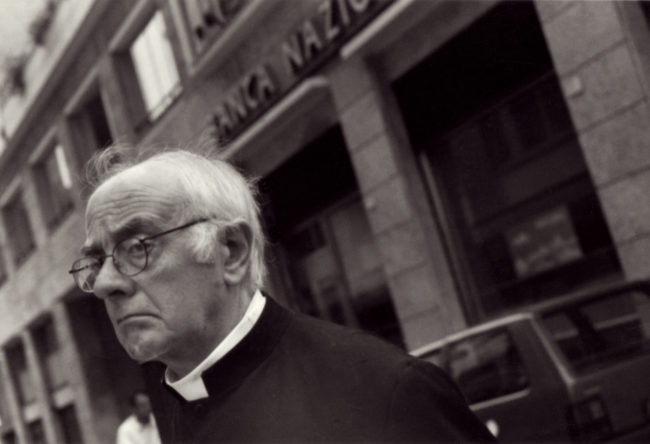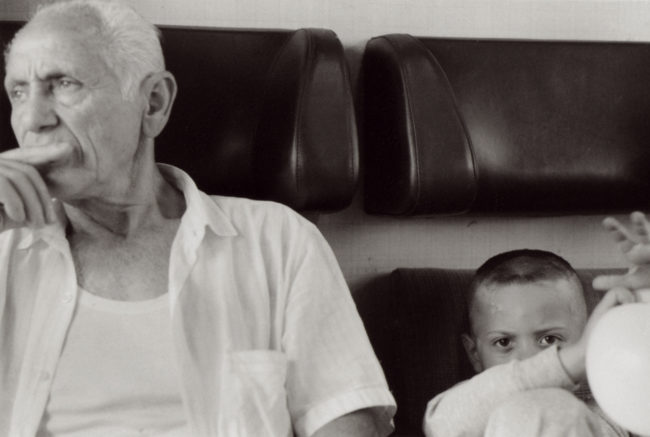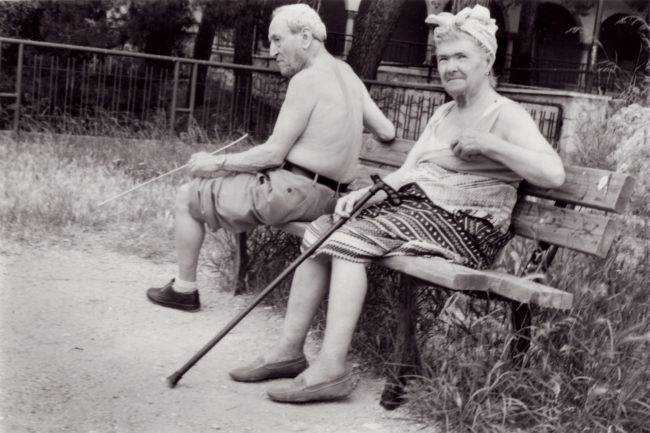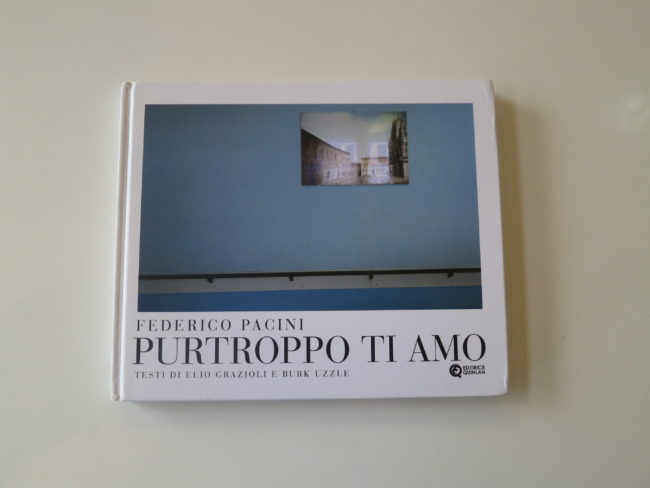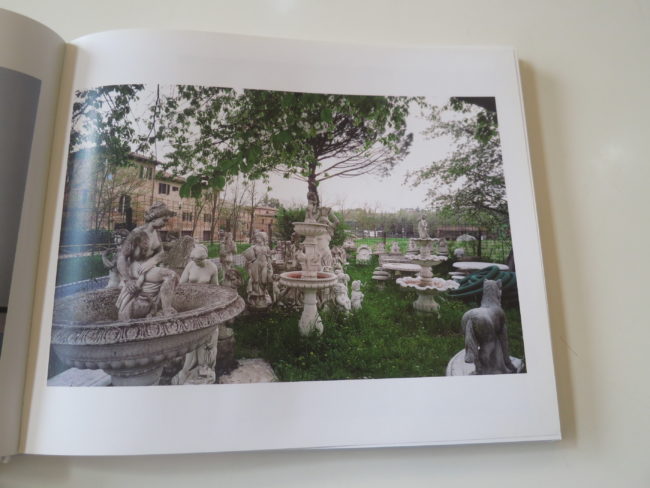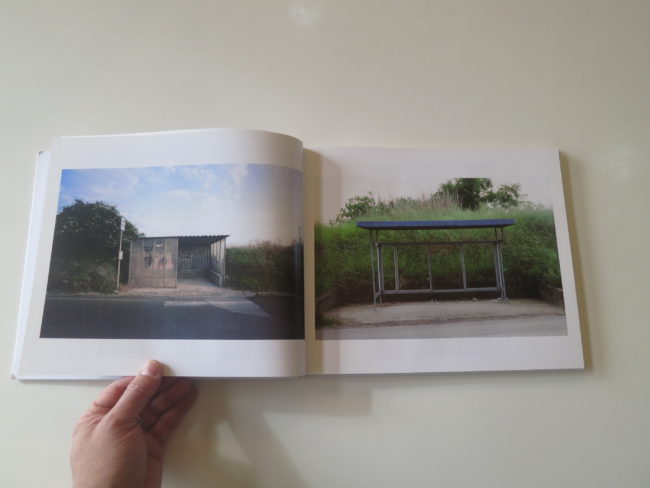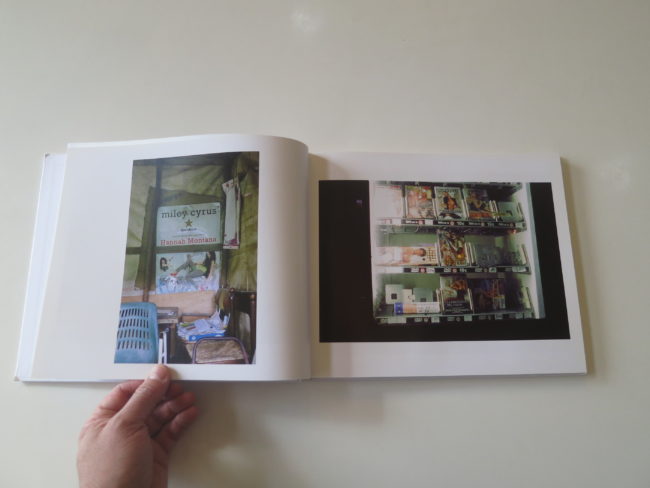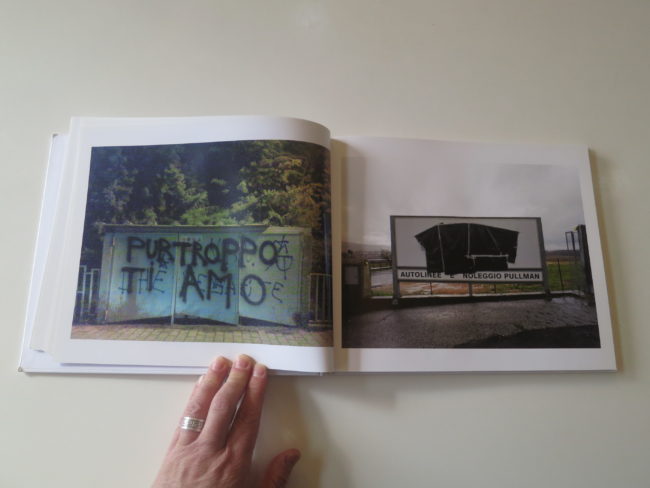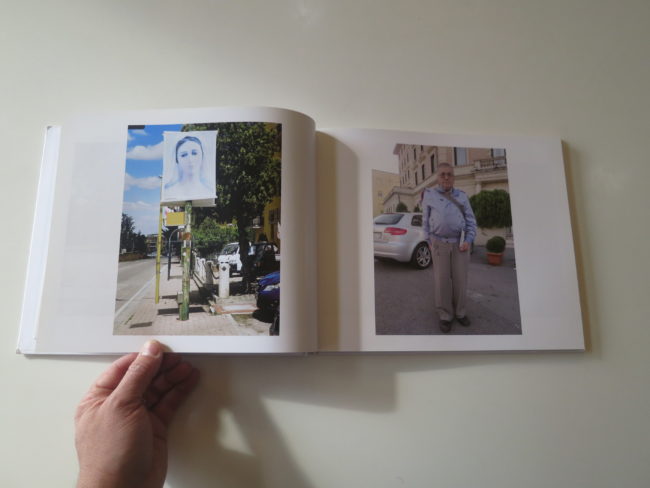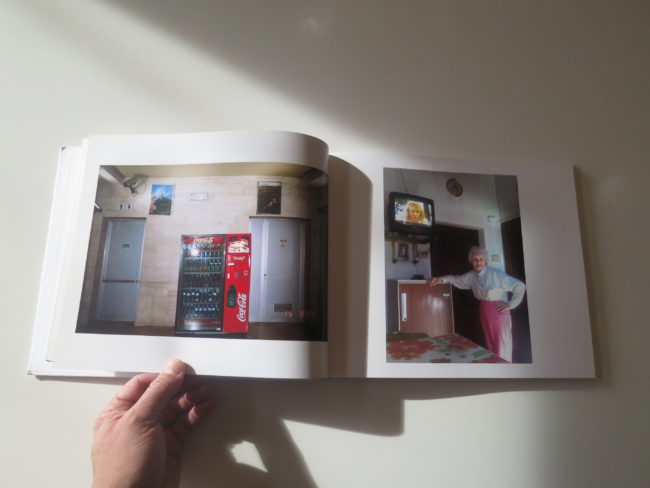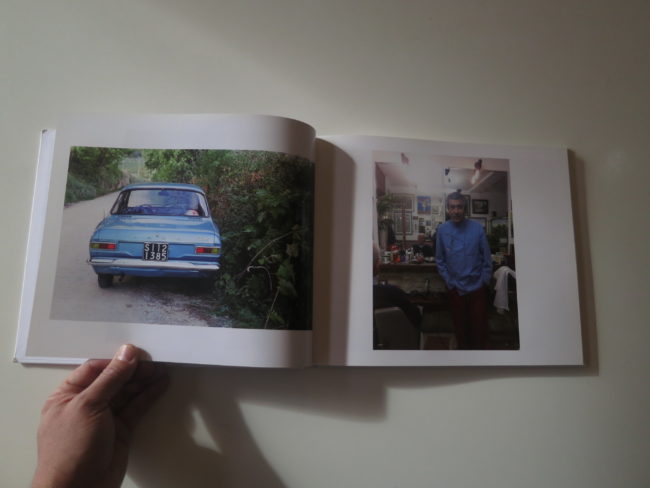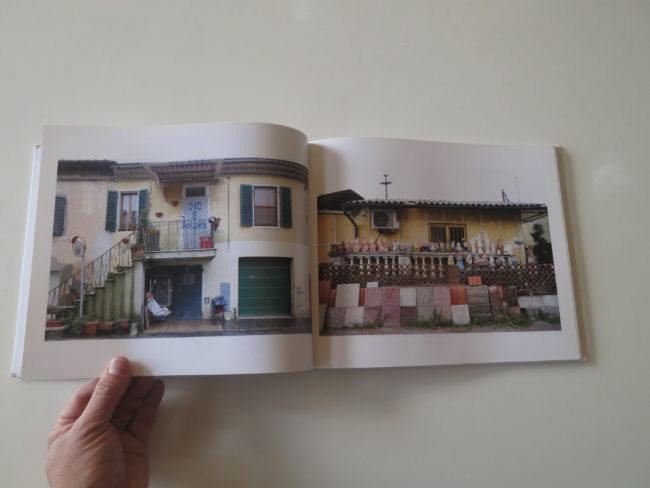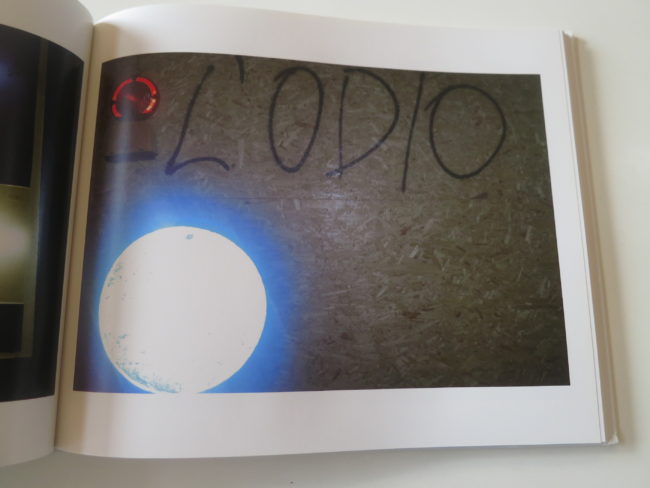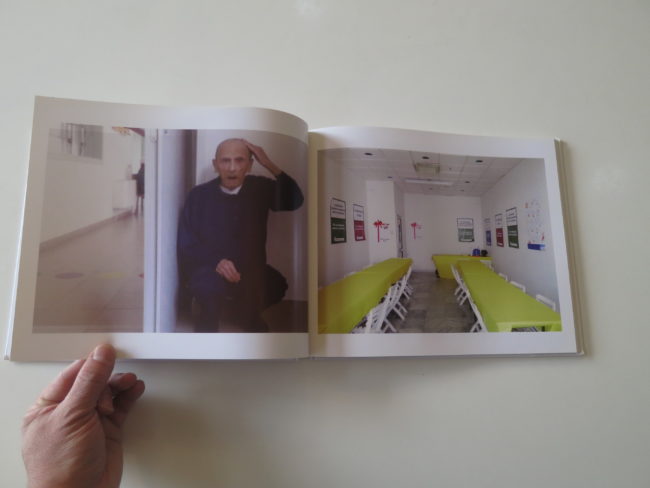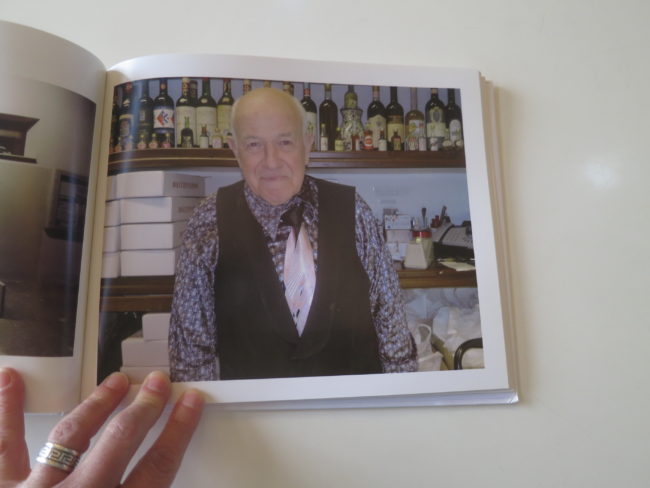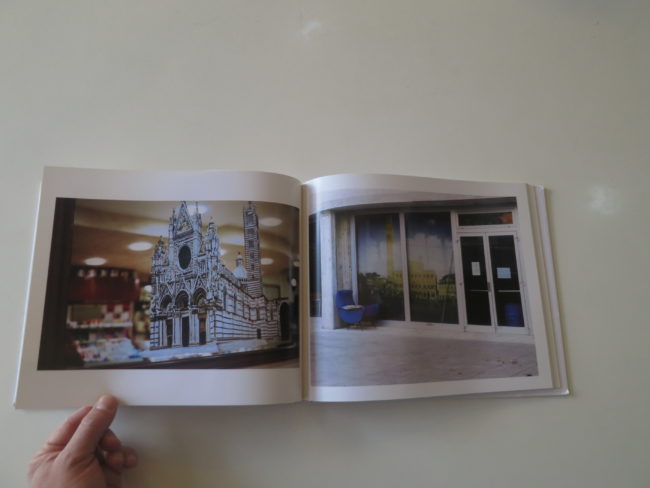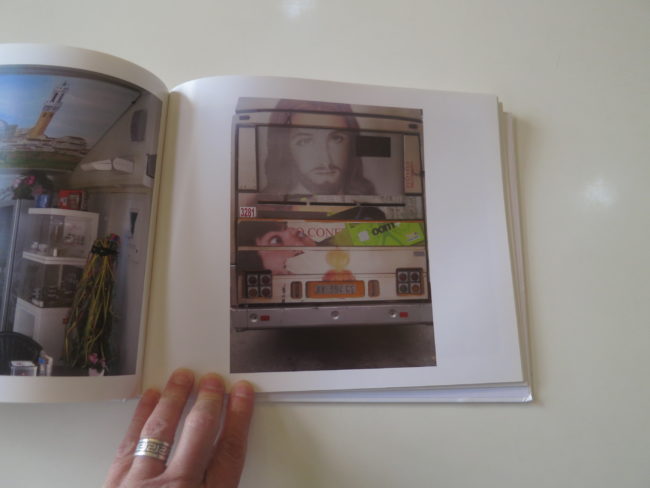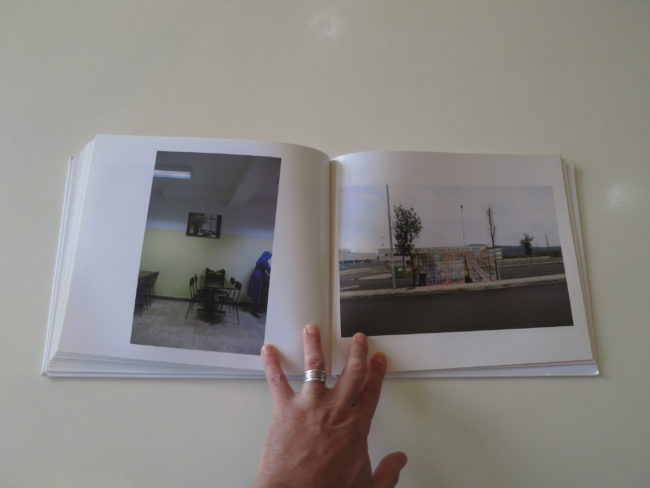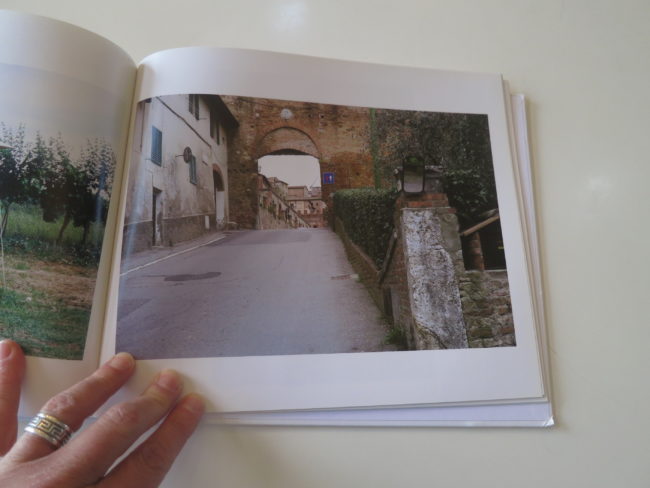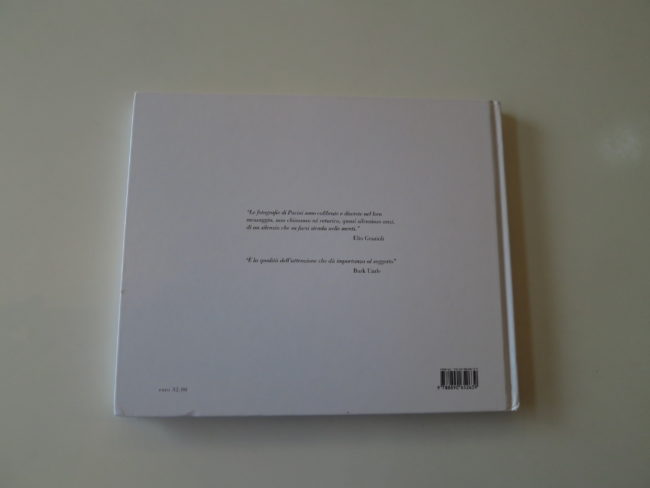
It was hard to motivate today.
(That’s the truth.)
I get so much joy from this column, all year long, but there are always one or two dips, per year, when my strategic-creativity-reserve drops precipitously.
I’m not alone, as most of you don’t want to work today either. (I’m writing on Thursday, as deadlines are deadlines.)
We’re living through exceptional times, and it takes so much mental and physical energy just to process it all without going crazy.
Let’s call it 60% of our total energy output?
Throw in parenting, working, home-schooling, cooking, cleaning, and all the rest, and how much energy is left for self-care?
For trying to feel good, rather than not-terrified?
Obviously, the answer is very little. We’re all going about, each day, doing the best we can, and some of us have it easier than others. (Geographically speaking.)
Right now, I think we all need to empathize with each other, more than ever, and expect a lot less from ourselves too. (In terms of our work productivity, anyway.) Hell, I just got up off the floor, (literally,) to write this column for three reasons:
1. Rob pays me, and it’s my job.
2. I have a responsibility to you, the audience.
3. I knew that any and all art practice always makes me feel better.
It’s that last one I want to harp on today. (Yes, I’m going into inspirational-professor-mode.)
When our energy drops and our spirits lag, blowing off exercise, or creative practice, is the easiest thing to do. Laziness can feel like a rational response to our current state of affairs, and I’ve allowed myself a fair bit.
I know a hard-core Yogi who admitted he wasn’t doing his yoga, so I gave him a little nudge, because I know how happy it makes him. (The dude glows.)
I’m certainly preaching to the choir, (to some extent,) as I’ve seen lots of social media posts about people cooking, drawing, or meditating.
We all KNOW this, on some level.
When much of normal life is stripped away, and we have so many emotions to process, (without our usual expressive outlets,) you have to give yourself permission to feel like shit, from time to time, while remembering that art makes it better.
Let me say that again: Art makes it better.
When was the last time you picked up your camera, or a pen, or a paintbrush, made some art, and then said, “Fuck! I totally regret that. What a waste of time! Heavens to Mergatroyd!”
My guess?
Never.
I’m lucky, as this column forces me to make art each week. I can’t not be creative, as it’s my job to keep coming back at you.
With the benefit of that rigor, I wanted to share the message with you: Make art.
Make art!
Now.
Simply by making it now, you’ll be recording energy from a historic place in time.
Some of it will necessarily be interesting later on, because it was made now, and it will give a context.
Or then again, maybe a new context will change the work?
Am I simply speculating?
No.
I’m not.
I just got done looking at “Purtroppo Ti Amo,” (Unfortunately, I love you,) a photo-book submitted several years ago, by Federico Pacini in Italy, published by Editrice Quinlan.
(Yes, we’re going there.)
Just now, if I’m being honest, I’ve realized part of my coping mechanism has been to tamp down my heart. To lock away my vulnerability. I’ve put up the chest shield, and protected the emotions, because though I cried before leaving for Amsterdam, I haven’t cried since coming home.
All those poor people in Italy, suffering.
Dying alone.
Losing loved ones, no funerals, all the dread, all the death.
I lived in Rome for a seminal time in my life, and it made me an artist. Then I went back, in 1998, and made street photographs of the elderly culture, as old people were engaged and active in a way I’d never seen before.
Riding scooters, shopping with vigor, doing the passagiatta.
Why have I not cried for their loss?
You might get choked up when you see these pictures below, because it’s just too hard not to view them in the new context.
And what are they?
The entire book, near as I can tell, was shot in and around the artist’s hometown of Siena. A place, famed as any for its beauty, in the architecture and surrounding Tuscan countryside.
If most of us wanted to idealize a locale’s beauty, we might go with a place like Tuscany.
But that’s not what we see in this book.
Photograph after photograph of bleak, banal, real places. It is Italy, but not the Italy we’re accustomed to. This is all anti-aesthetic, no pretty.
When people do show up, and it’s rare, they’re often elderly. And when was the book made?
2013.
We see porn DVD’s and old parking lots. Miley Cyrus posters, and suave barbers.
But most of it is empty.
And sad.
About 1/3 of the way through, on the left hand page, we see a low-res image of an old man, looking disconcerted. On the right, an empty room, maybe in a Church basement, community center, or nursing home?
I strain to read one sign, and then translate it. My Italian is rusty, so I turn to Google:
“Le solitudine colpisce le persone che ti circondano,” which means…
“Loneliness affects the people around you.”
How was this book not made 3 days ago?
There is a juxtaposition, not much later on, of a small, 2-door-mini-Euro-car with a door-sign advertising funerals, next to a man, in a yellow, plastic volunteer vest, guarding the entrance to a supermarket.
How was this book not made 2 days ago?
There are empty restaurants, empty parks, empty streets.
How was this book not made yesterday?
I’m not sure there’s is much more for me to say about this one. The photographs below will tell the story better, from here on out.
So let’s all think good thoughts for the poor people in Italy and NYC, or New Orleans, Madrid.
We’ll all get through this eventually, so while you’re in the middle of it, don’t forget to make art.
Bottom Line: Bleak vision of empty Siena
To purchase “Purtroppo Ti Amo,” click here
If you’d like to submit a book for potential review, please email me directly at jonathanblaustein@gmail.com. We are interested in presenting books from as wide a range of perspectives as possible.
